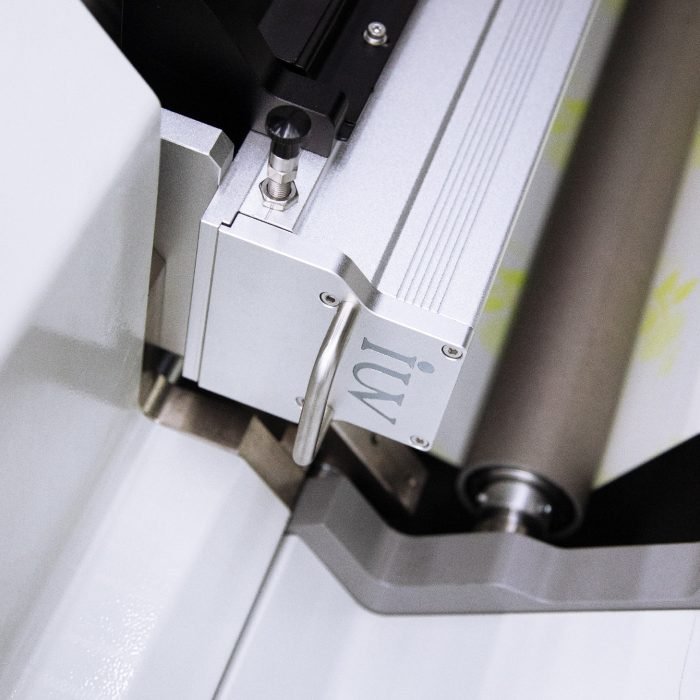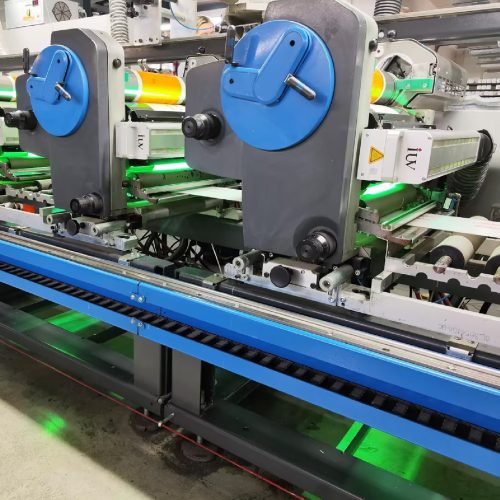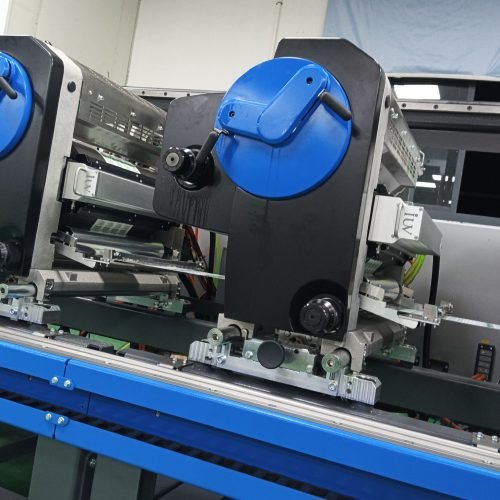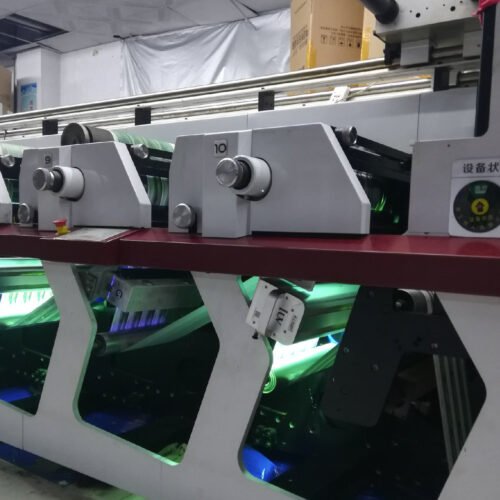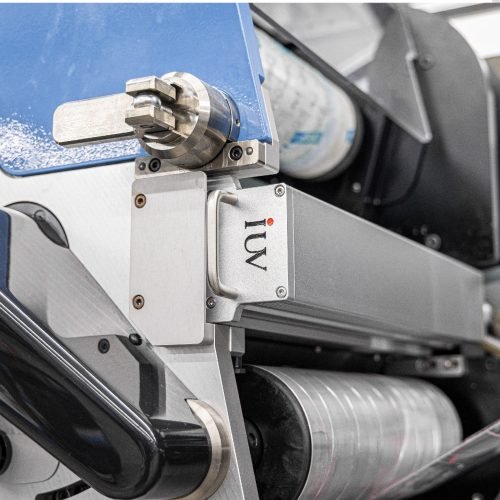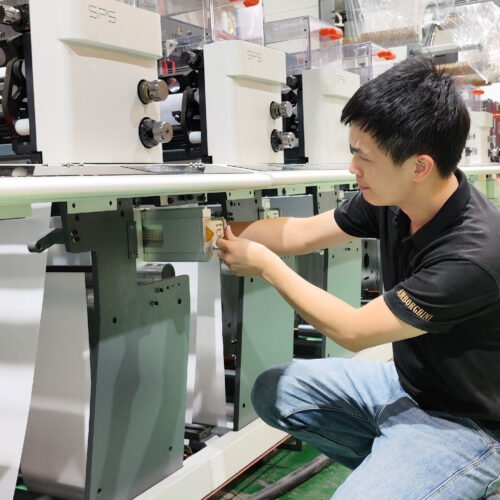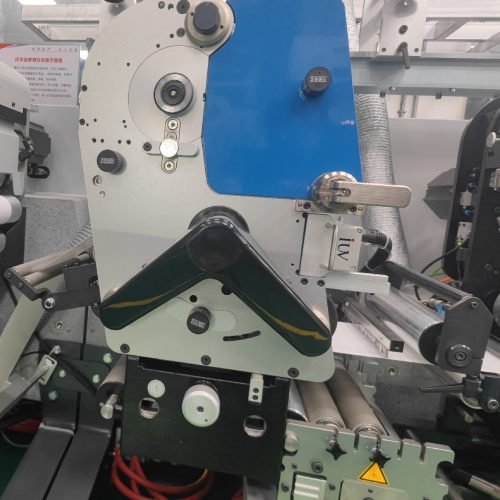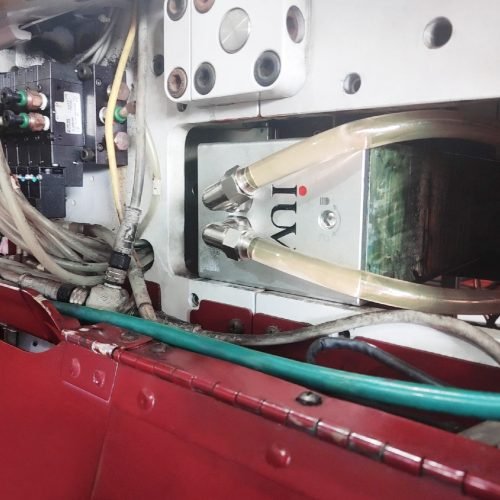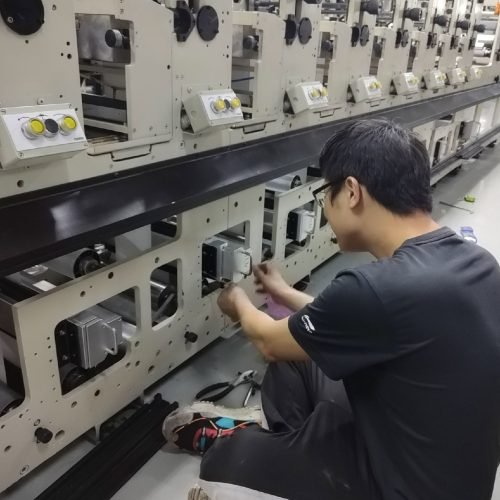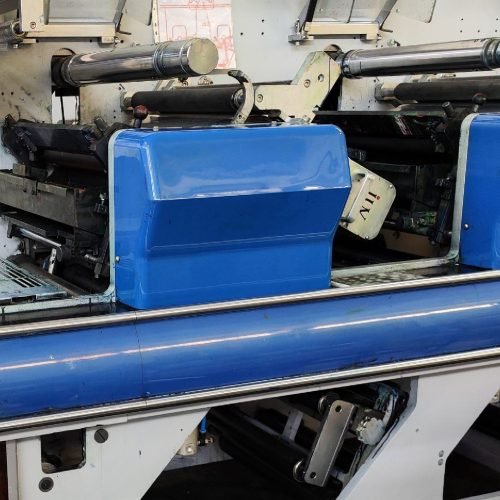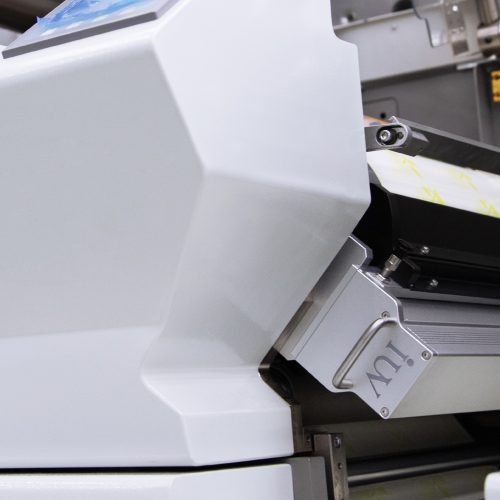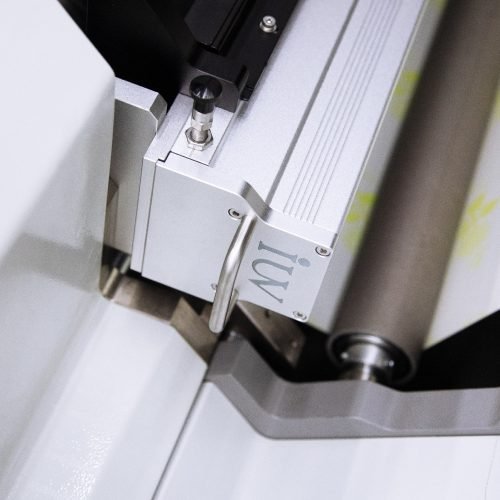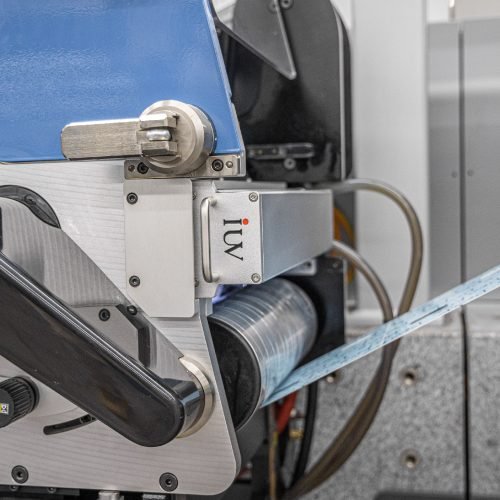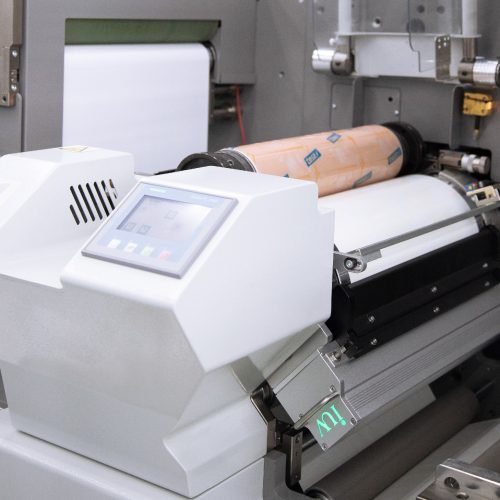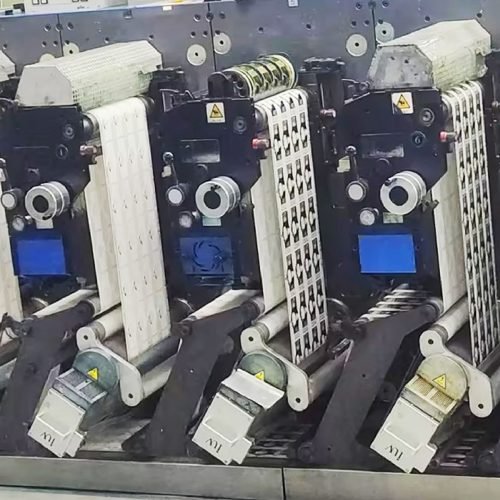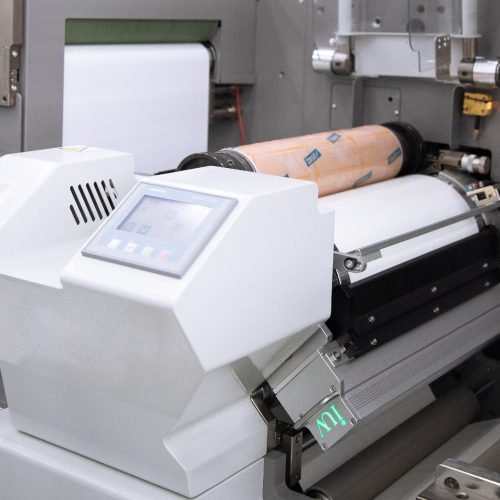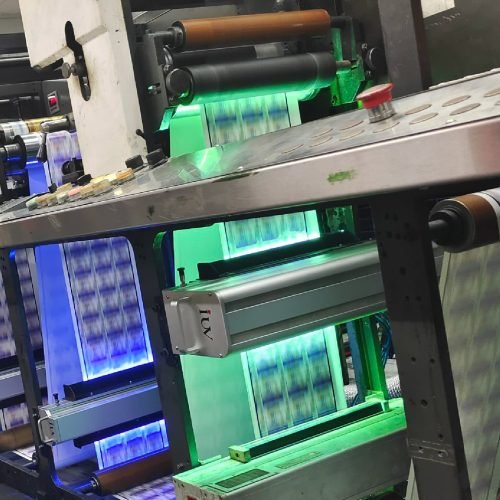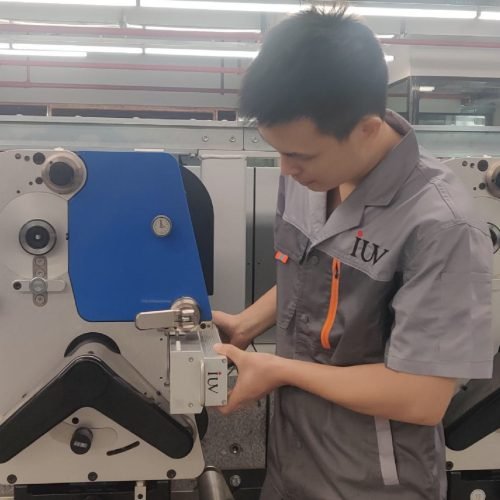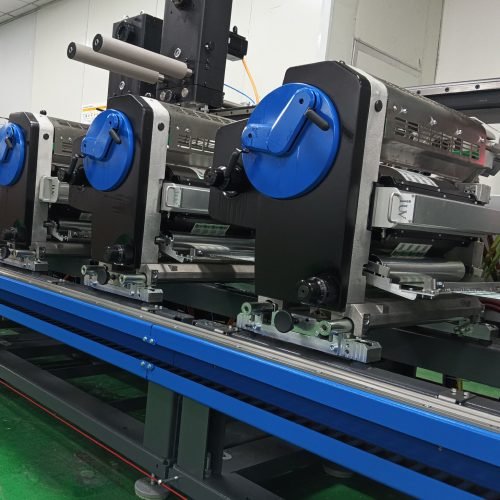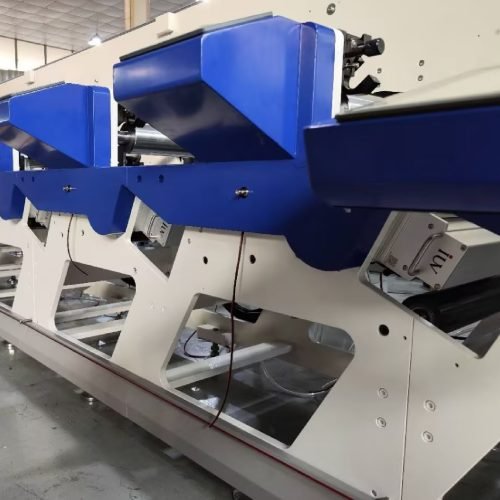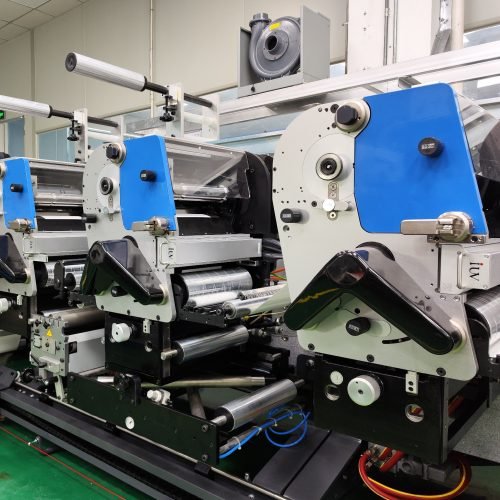When exploring label production options, two technologies dominate conversations: flexographic (flexo) and LED UV offset printing. Both methods deliver results, but their operational DNA differs radically. Let’s dissect their mechanics without the jargon fog.
Flexo’s strength lies in its adaptability. The photopolymer plates conform to substrates like plastic films, metallic labels, or textured surfaces – ideal for beverage sleeves or industrial tags. Anilox rollers meter ink with precision, handling water-based, solvent, or UV formulations. For medium runs (50,000–500,000 labels), flexo’s speed-to-cost ratio shines. One plant manager noted, “Switching between Pantone colors takes 23 minutes on our flexo line – crucial for craft breweries updating seasonal labels weekly.”
Enter LED UV offset. This hybrid beast combines offset’s razor-sharp detail with instant curing. Unlike traditional UV systems with mercury lamps, LED arrays emit specific wavelengths that activate photoinitiators in the ink. Result? Zero drying time. A pharmaceutical label converter reported, “We’re running PET labels at 12,000 sheets/hour – immediate stacking, no set-off.” The catch? Upfront costs. LED UV presses demand 18-24% higher capital investment than conventional offset rigs.
Substrate compatibility splits the contenders. Flexo handles stretchy OPP films for shampoo bottles effortlessly. LED UV struggles with heat-sensitive materials unless using low-temperature inks (yes, they exist now). Conversely, LED UV dominates paperboard cosmetics packaging where 200 lpi images make gradients pop. Recent advancements in LED UV inks now allow adhesion on untreated PP – game-changer for some applications.
Energy consumption metrics reveal surprises. Flexo’s drying tunnels gulp power – 38 kW on average for a 20-inch web. LED UV systems sip 9-12 kW, with no ozone generation. California-based converter GreenLabel switched three presses to LED UV, cutting energy bills by $14,000 monthly. But disposal of UV-cured waste? Still a regulatory maze in the EU.
Operational tempo varies wildly. Flexo changeovers involve plate swaps, ink viscosity adjustments, and anilox cleaning – skilled work. LED UV offset needs plate changes and blanket washes. Automated systems have narrowed the gap: “Our new flexo line does job changes in 9 minutes,” shared a Nordic converter. For ultra-short runs (under 5,000 labels), digital still leads, but that’s another debate.
Ink costs per square meter tell a twisted tale. Flexo UV inks run $0.18-$0.25/m². LED UV offset inks hit $0.31-$0.40/m². But factor in waste: LED UV’s instant curing eliminates spray powder and reduces substrate testing scraps by up to 60%. One converter calculated net savings of $0.07/m² despite pricier inks.
The maintenance showdown: Flexo’s anilox rollers require quarterly cleaning – laser-engraved cells clog with ink residues. LED UV systems demand optical lens inspections every 500 hours. “We lost three days to degraded UV intensity before implementing scheduled maintenance,” admitted a Texas-based operator.
Regulatory winds are shifting. California’s VOC limits exempt UV-cured inks, giving LED UV an edge in emission-heavy regions. Flexo shops are countering with electron beam curing systems, but adoption remains niche. The FDA’s updated indirect food contact guidelines now cover most UV inks, easing compliance for snack food labels.
For metallic effects, flexo still reigns. Cold foil stamping integrated inline with printing achieves mirror finishes that UV inks can’t match. However, LED UV’s opaque whites enable vibrant colors on transparent films – critical for premium liquor labels.
Durability tests show parity. Both methods withstand 96-hour QUV testing when using premium inks. Abrasion resistance? Flexo edges ahead with specialized coatings. But LED UV’s cure depth provides better chemical resistance – a win for cleaning product labels.
The workforce factor can’t be ignored. Finding flexo press operators under 35 is like spotting unicorns. LED UV’s digital workflow attracts younger techs. “We retrained our offset team in six weeks,” said a German converter. “The learning curve wasn’t the cliff we feared.”
Future-gazing: Flexo plates are getting smarter. Digital plate readers now auto-adjust ink keys – 30% faster setup. LED UV is flirting with hybrid systems; one manufacturer demoed a press alternating flexo and offset units. The dream? Combining flexo’s substrate range with offset’s resolution in one pass.
Your production line’s sweet spot depends on three variables: label complexity, run length cadence, and sustainability mandates. High-mix shops serving beauty and pharma are leaning LED UV. High-speed FMCG suppliers stick with flexo, adding LED hybrid units for specific jobs. The smart money’s on dual-technology facilities – but that’s capital-intensive. One CEO put it bluntly: “We’re 60% flexo, 30% LED UV, 10% digital. Cover all bets until the market shakes out.”

